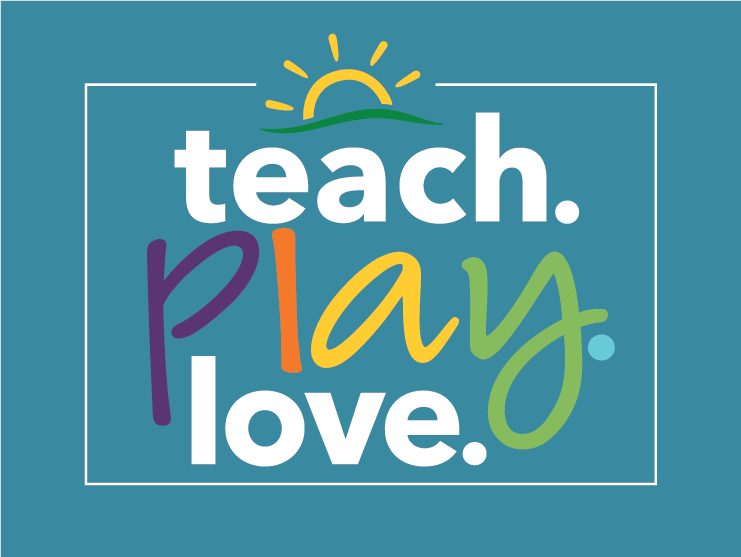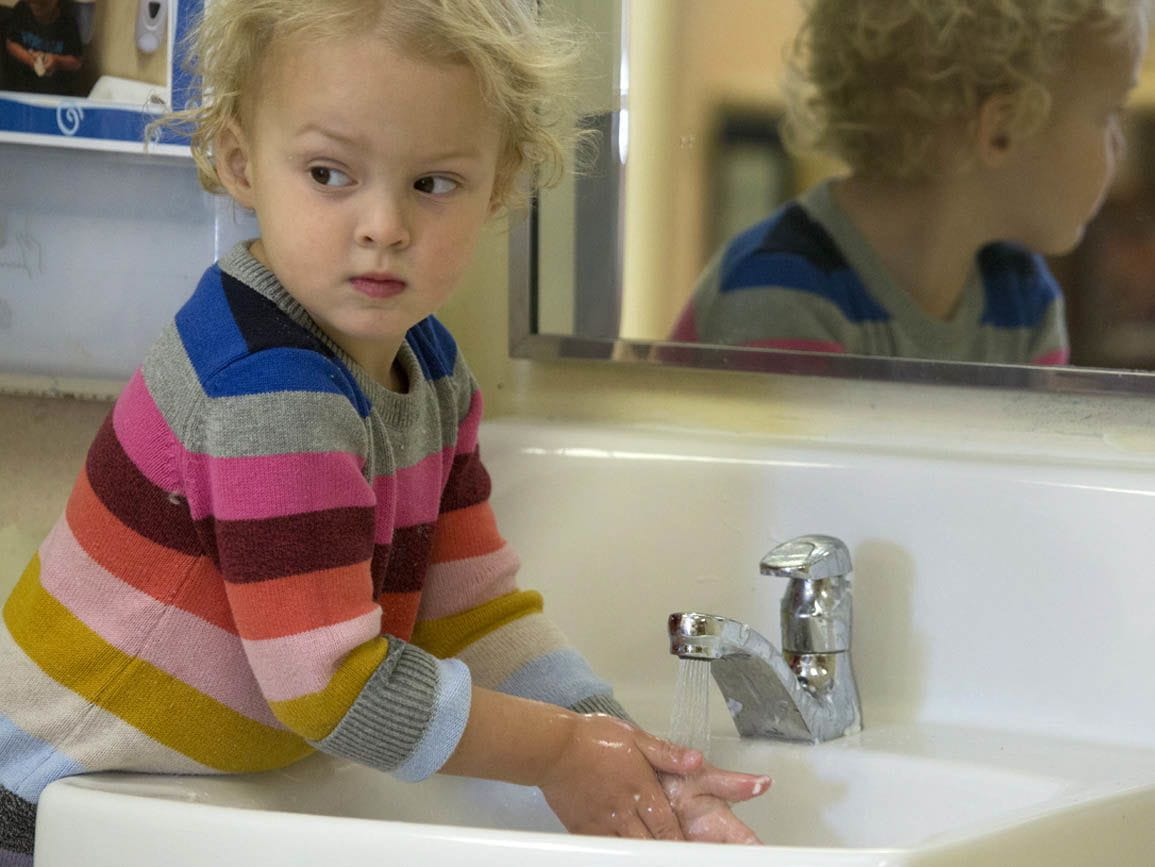Sleep is one of those aspects of parenting that tends to evoke controversy. Everyone has an opinion, and sleep-deprived parents are often left wondering what they’re doing wrong when their child doesn’t follow the “ideal” sleep schedule. Yet, sleep, like toilet training and eating preferences, is highly individualized. Some children consistently take naps until the late preschool years. Other children are less predictable—taking cat naps here and there, even from early infancy.
Sleep by the Numbers: How Many Hours of Sleep Do Kids Need?
The amount of sleep children need varies, depending on the child, but it’s helpful to know some basic guidelines. So, how many hours of sleep do kids need? The National Sleep Foundation offers some recommendations:- Infants, from birth to 6 months, typically need 14 to 17 hours of sleep each day. Babies tend to sleep on and off around the clock, waking up for feeding every 2 to 3 hours. Young babies generally take two or three naps per day.
- Older infants (6 to 12 months) generally need 12 to 15 hours of sleep and usually take a morning and afternoon nap. These naps seem to range between 20 minutes and two hours.
- Toddlers need 11 to 14 hours of sleep each day. Most toddlers sleep for an hour or two in the afternoon.
- Preschoolers still need 10 to 13 hours of sleep; by age 3, many children are resistant to naps. Most children have given up naps by age 5.
Naptime: Myths and Research
In 2015, researchers from the Queensland University of Technology School of Psychology and Counseling in Australia reviewed 26 studies on the sleep of children ages 5 and younger. Their findings, published in Archives of Disease in Childhood, found plenty of evidence for the importance of adequate high-quality nighttime sleep for children’s healthy growth and development, but very little evidence of the benefits of daytime naps. They also discovered a direct correlation between napping in older toddlers and preschoolers and poor nighttime sleep.Drawing Conclusions
What does all this mean in practical terms? The study doesn’t say that naptimes are bad—just that naps might not be as necessary for older toddlers and preschoolers as we generally believe. A single, universal age when toddlers stop napping or one optimal naptime for children does not exist.
Parents can feel comfortable taking a flexible approach to naps, based on the needs of their child and the household. For example, a child who has trouble waking in the morning or frequently falls asleep on short car rides probably isn’t getting enough sleep and may still need a nap. Irritability or trouble focusing can also be a sign of inadequate sleep. On the other hand, the child who goes to bed and wakes easily at a reasonable hour and has the stamina to stay awake all day can probably give up naps. Some young children might need a nap while attending child care but forego a nap on the weekends.
Sensible Solutions: Parenting Tips for Naptime
Below are some suggestions on making naps a pleasurable, comfortable experience for your child:
Be as consistent as possible. Schedule changes are bound to happen—and young children can adjust—but maintaining a predictable nap schedule helps children fall asleep more quickly and easily.
Set the stage. Children, with their busy minds and bodies, often need some help to unwind for naps. Going for a gentle walk after lunch and reading stories together can ease the transition from play to sleep. A quiet, cozy room with peaceful music or white noise can also help.
Adjust the schedule. A long afternoon nap can wreak havoc on bedtime, setting children (and parents) up for a late night and fitful sleep. Children may need to wake earlier in the morning so they go down earlier for a nap. Many families find that making small adjustments to the sleep schedule works best.
Create downtime. Children who’ve outgrown naps can still benefit from quiet time in the afternoon—30 minutes to 1 hour to play quietly or read books. When overtired, children will sometimes fall asleep during this time even if they don’t need a nap every day.
We know that young children need plenty of sleep for brain development and physical growth, yet exactly how much (and when) is somewhat fluid. For many parents, a flexible approach works best.
More on Naptime
- Learn how you can help your child get to sleep while on vacation with the family.
- Find out which questions to ask about curriculum and naptime schedules when your child is moving up from infants to toddlers.
- Hear from a pediatrician specializing in the care of children with sleep and breathing problems to find out how to get your children to go to sleep and stay asleep.





